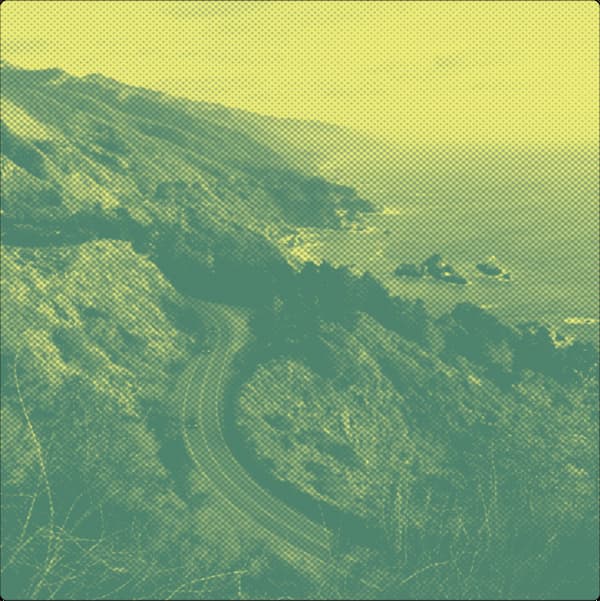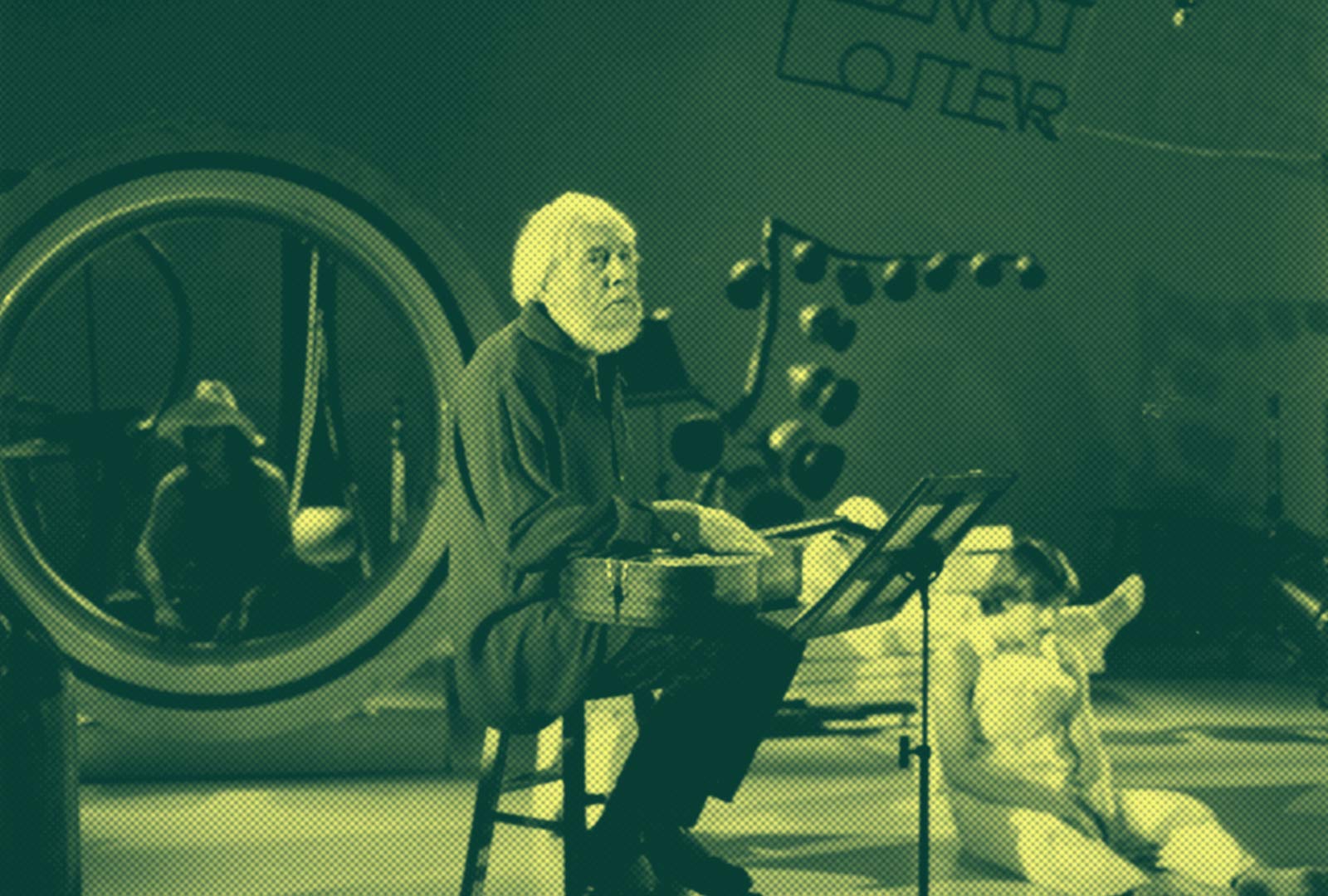By John Schneider
The World of Harry Partch
The California Festival presents a chronological survey of the extraordinary music and instruments of California’s most notorious American Maverick who, between 1930 and 1972, created one of the most amazing bodies of sensually alluring and emotionally powerful music of the 20th century.
Harry Partch wrote music drama, dance theater, multi-media extravaganzas, vocal and chamber music—all to be performed on the extraordinary orchestra of over two dozen instruments that he designed and built himself to play music using at least 43-notes to the octave. KPFK’s John Schneider will be your guide through this unique garden of delights, as well as recordings of the composer himself who was never shy about sharing his fascinating vision of “Musical Truth.”
John Schneider is the Grammy® Award winning guitarist, composer, author, and broadcaster whose weekly television and radio programs have brought the guitar into millions of homes. He holds a PhD in Music & Physics from the U. C. Cardiff [U.K.], music degrees from the University of California, the Royal College of Music [London], and is founding artistic director of MicroFest, the music ensembles Just Strings, PARTCH Ensemble, and founder of MicroFest Records. He can be heard weekly on Pacifica Radio's The Global Village.
Article header image: Harry Partch, Date: 1972. Image from Music and Performing Arts Library Harry Partch Collection, 1914-2007 (Series 15, Photographs, Box 27, Folder 2), Sousa Archives and Center for American Music, University of Illinois at Urbana-Champaign.


